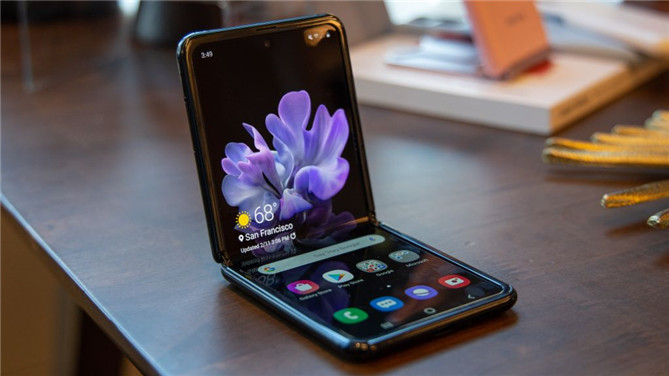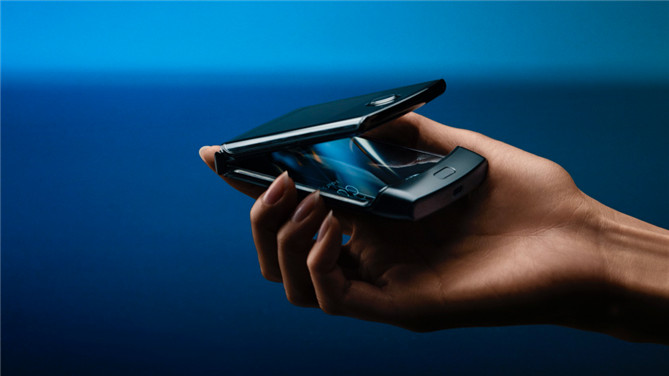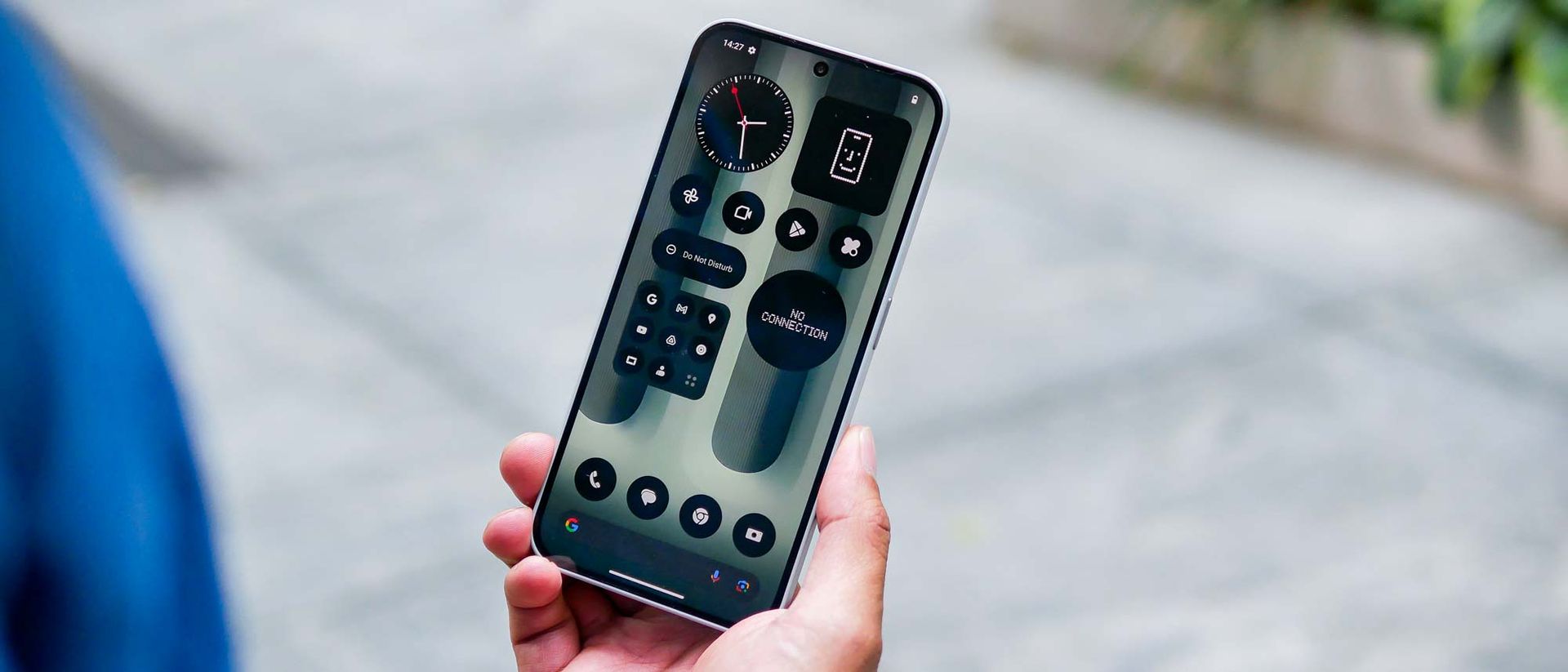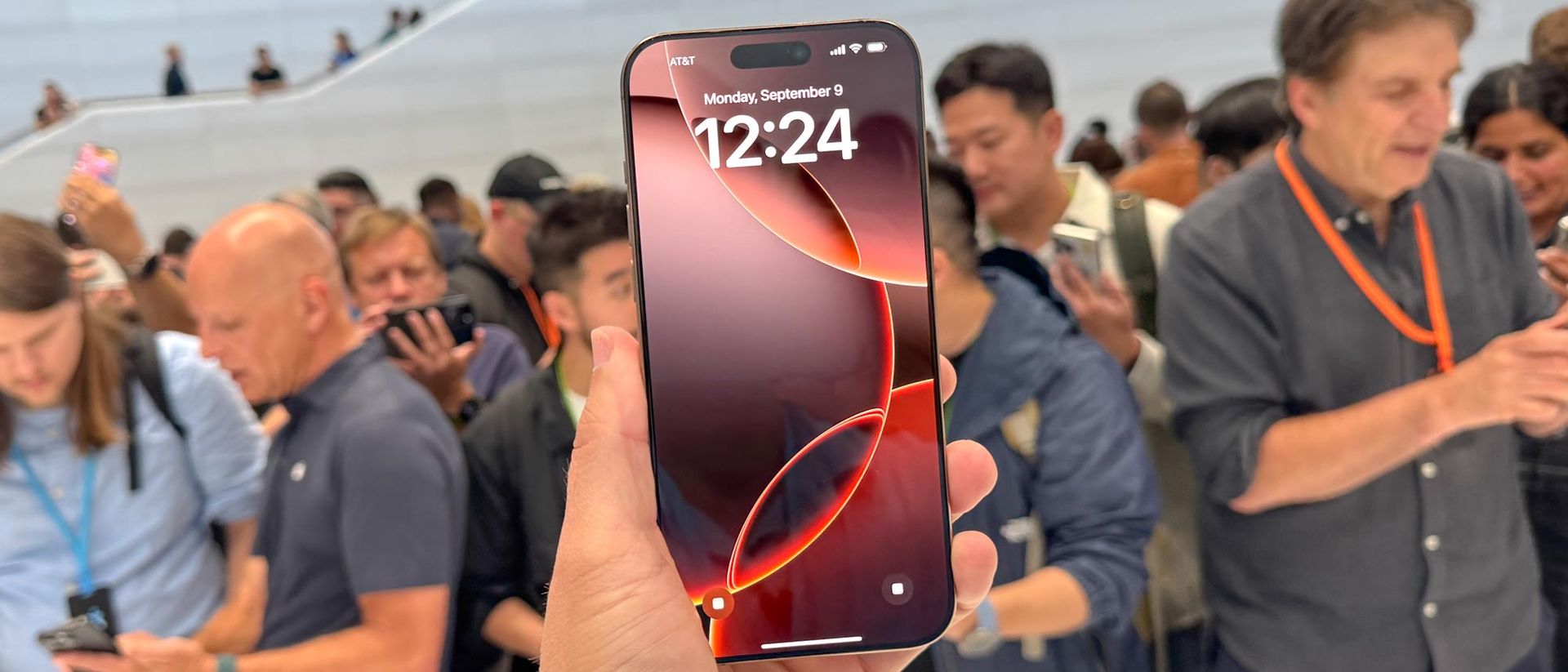Let’s just get one thing straight: I won’t be buying a Samsung Galaxy Z Flip. That said, it is the first foldable phone that has made me consider bendy phones as an option for a normal everyday smartphone. Sell old phones to Tradelectronics and trade in for a Samsung Galaxy Z Flip!
When the leaks began for the Galaxy Z Flip, I thought it had a ridiculous design that just wouldn’t work. It’s essentially two squares that fold out into a rectangle with a largely impractical 6.7-inch, 21.9:9 aspect ratio display between the two.
We saw the phone leak time and again throughout January and February, and it wasn’t until I held the Z Flip in my hand that I reconsidered it.
I got my hands on the Galaxy Z Flip at Samsung’s Unpacked event in London – where it also introduced the Galaxy S20 series – and fumbled it around in my hands for a maximum of 10 minutes.
That may not be long, but it was enough for me to realize foldable phones are here to stay.
The next big jump
I’ve used the Samsung Galaxy Fold extensively, spent a few hours with the Huawei Mate X, and briefly tried out the Motorola Razr 2019, so I’m well versed in the world of foldable phones that are currently on sale, or set to land soon.
Unlike the Galaxy Fold and Mate X, the Galaxy Z Flip feels practical while also being futuristic. Don’t believe me? That’s fine – that’s exactly how I felt before I picked it up.
The Fold and Mate X use foldable tech to push the boundaries when it comes to the maximum screen size that will fit in your pocket. That may be useful for some users, but many won’t see the practicality when you can have a laptop or tablet that slips into your bag.
The Galaxy Z Flip is trying to do something else entirely, in a similar vein to the new Motorola Razr.

These phones may emulate flip phones – and the Motorola Razr is even using that angle for its marketing campaign – but there’s something to be said for the way older flip phones were able to fold down and slip into your pocket with ease.
Moments before I used the Galaxy Z Flip for the first time, I had been using the Samsung Galaxy S20 Ultra. That’s a phone with a huge 6.9-inch display, and is a similar size to tablets such as the Amazon Fire 7.
Unless you’re a giant, that phone is unlikely to comfortably fit in your pocket with its 166.9 x 76 x 8.8 mm dimensions.
The Z Flip has a 6.7-inch screen, but when folded the dimensions slim down to just 87.4 x 73.6 x 17.3 mm.
That can fit in most pockets and while, at 17.3mm, it may be considered super thick by modern smartphone standards – let’s not forget the legendary Nokia 3310 was a chunky 22mm – it’s almost certainly more comfortable than trying to fit a Galaxy Fold or Mate X into your clothes.
Fits in your pocket
The Galaxy Z Flip marketing doesn’t do this phone justice. It’s likely that its true usefulness won’t be obvious to you until you hold it in your hand.
That was the case for me, and while I’m still skeptical about foldable phones in general, this feels like another big step forward for the new form factor that many are excited about.
Obviously, the price is still high at $1,380 / £1,300 (around AU$2,050) at launch but that’s sure to drop over time. I truly hope future iterations will see more affordable options land as well.
This is cheaper than the $1,980 / £1,900 / AU$2,900 Galaxy Fold, but you can feel that first attempt’s influence on the Z Flip.
The hinge technology is similar and the outer rim of the device is the same to ensure dust doesn’t get into screen and scratch it. Samsung has found a way to include those features in a different form factor, as well as charge less for it.
The price of future foldable phones are going to be the make or break factor for manufacturers, and I can’t wait to see what comes next.

Source: techradar


